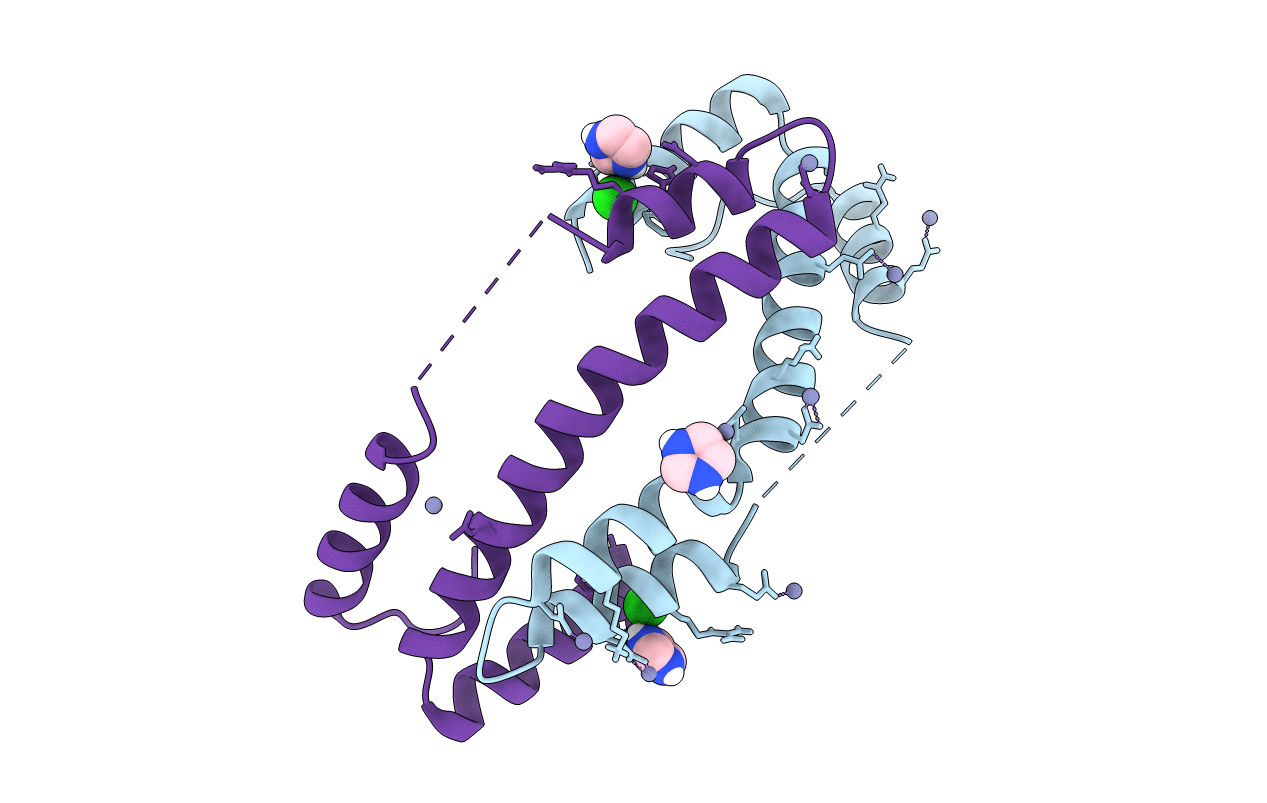
Deposition Date
2019-05-12
Release Date
2019-05-29
Last Version Date
2023-10-11
Entry Detail
PDB ID:
6OWZ
Keywords:
Title:
Spy H96L:Im7 L19pI-Phe complex; multiple anomalous datasets contained herein for element identification
Biological Source:
Source Organism:
Escherichia coli (Taxon ID: 562)
Host Organism:
Method Details:
Experimental Method:
Resolution:
2.05 Å
R-Value Free:
0.25
R-Value Work:
0.21
R-Value Observed:
0.21
Space Group:
P 41 2 2


